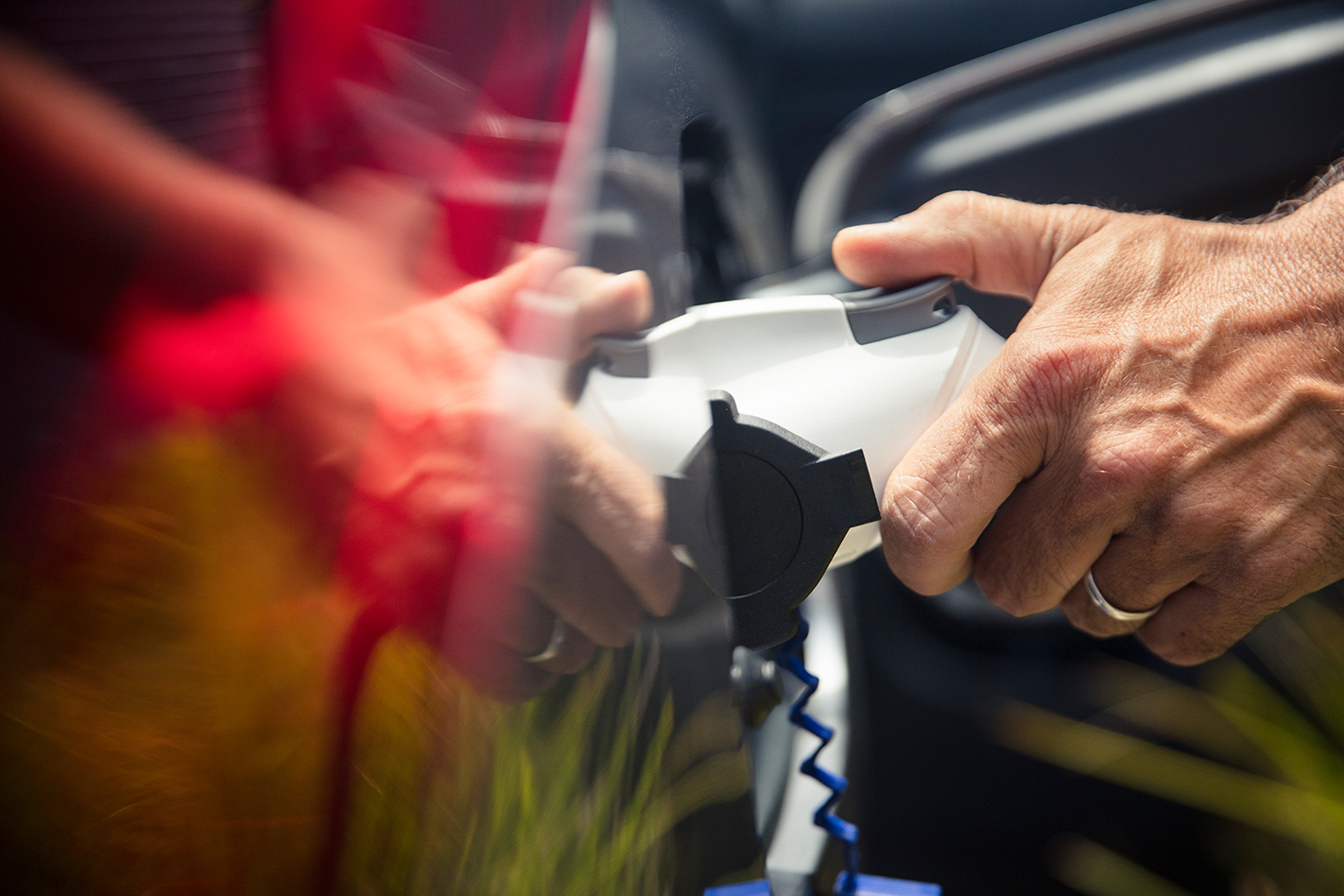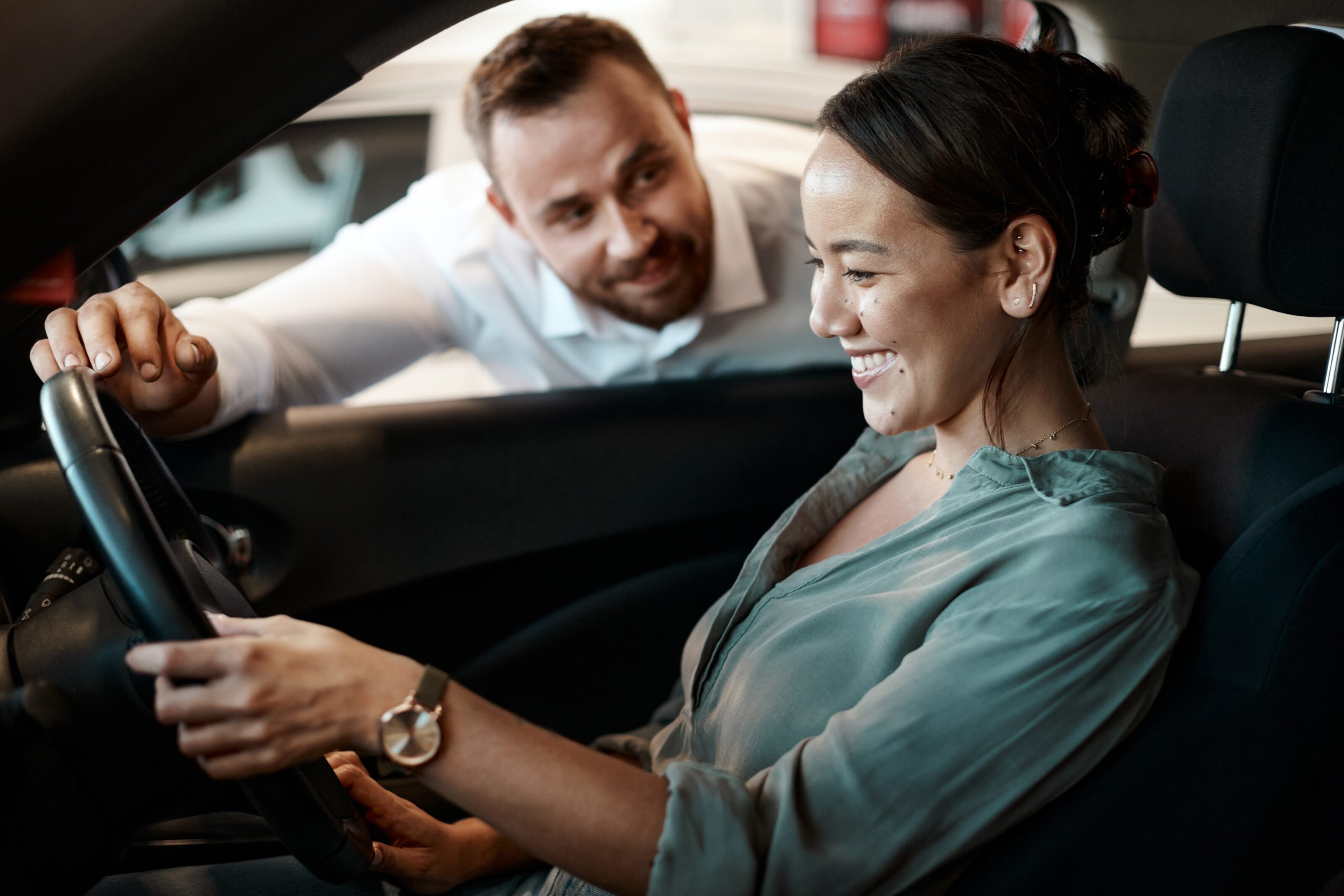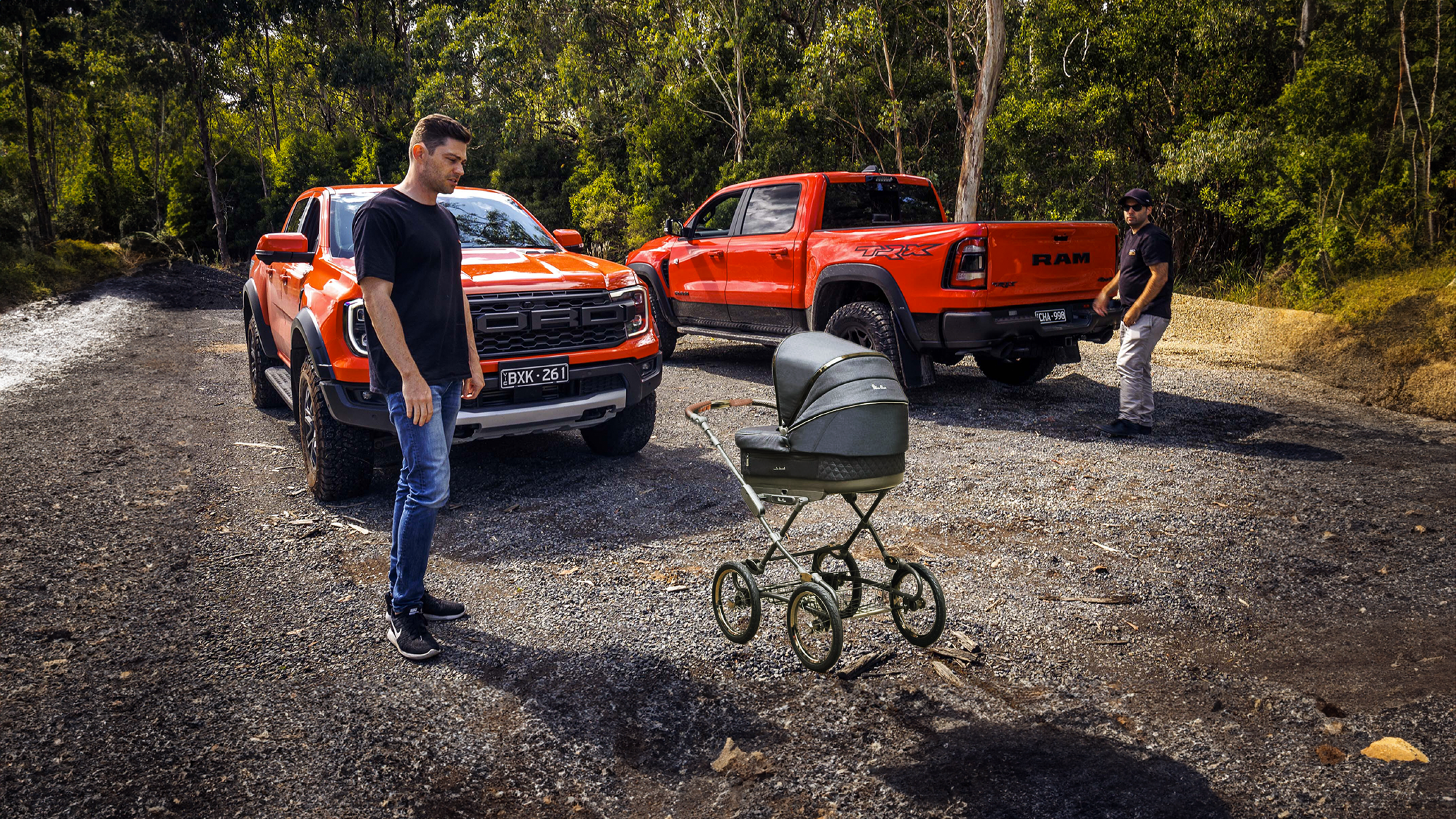
The Toyota HiLux, Ford Ranger and Isuzu D-MAX often top the sales chart each month, leaving no doubt Aussies really do love their utes – or at least the tax aspects.
There’s no denying, though, that utes are incredibly capable vehicles ideal not just for tradies, but also those that love to get away with a dirtbike in the back and a camper or boat hitched to the tow bar.
Maybe it’s just that I’m not a Blokey McBloke, but I do wonder at how many buyers are choosing 4×4 dual-cabs out of social pressure or small-business fringe tax benefits, rather than any actual need. (Can confirm: plenty of mums in athleisure wear hopping out of utes at school dropoff. – Stevo.)
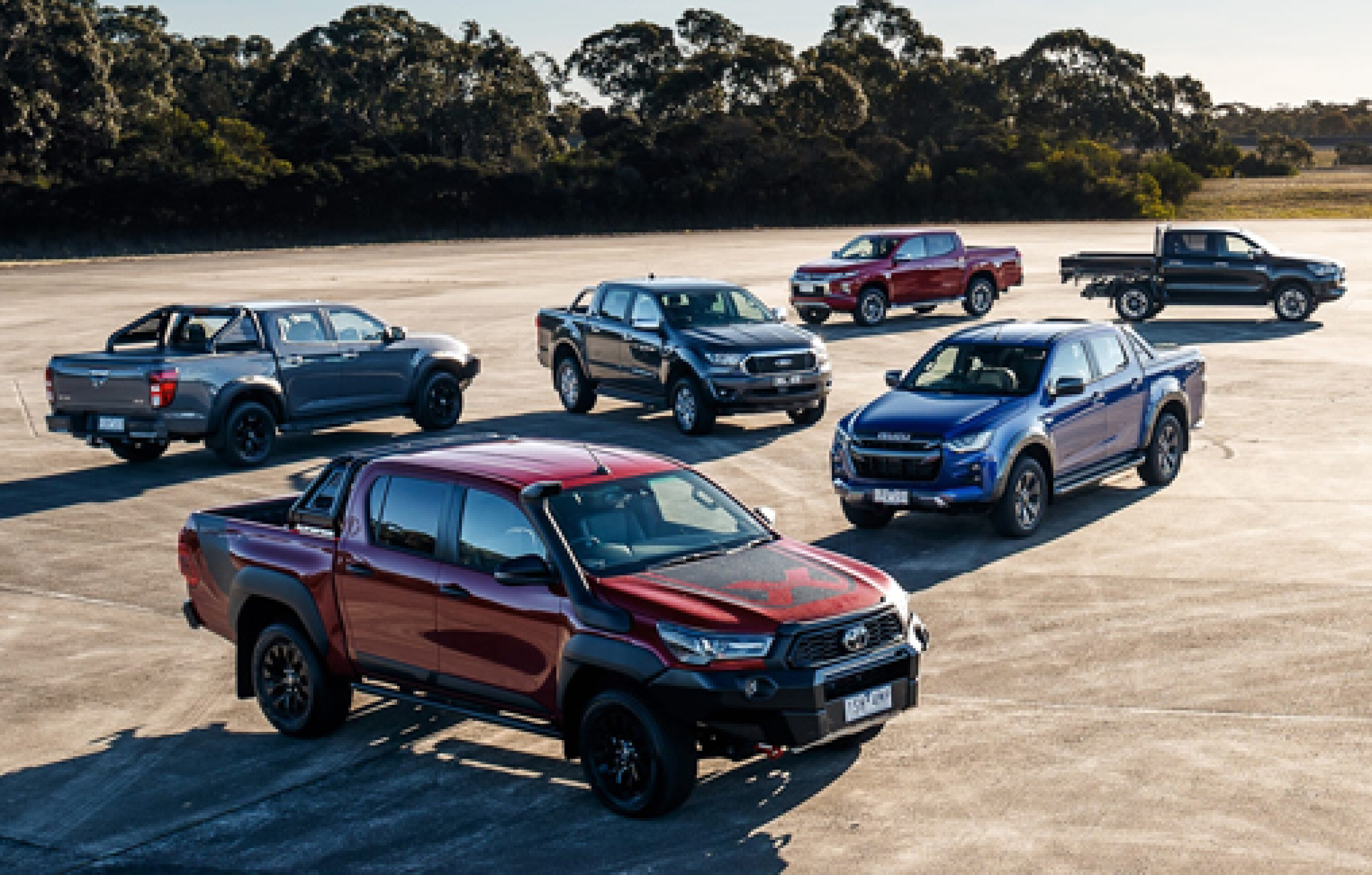
Why are utes so popular?
On numbers alone, Australians love their utes, with 228,671 purchased last year – narrowly ahead of mid-size SUVs (216,151).
Buyers have gone wild for the new Ford Ranger, and rightly so. There was hype and excitement I haven’t seen in a long time, and they’ve been flying off the docks since.
Look, I get the appeal. I’ve driven many new utes, enjoying the weird ego boost and appreciating the greater sense of safety – if somewhat an inflated correlation.
But buying a four-wheel drive ute when your weekly commute is to the office and back, or even just dropping the kids off at school and doing the grocery run, is like buying a $12,000 Apple Mac Pro just to browse Facebook – a waste of money and capability.
So before you get sucked into the fanfare, I wanted to highlight a few of the many limitations of Australia’s most loved vehicles, to consider if they’re the right choice for your driveway.
Sometimes, a 4X4 dual-cab is the right compromise for your needs. But maybe, sometimes, it deserves a little more thought.
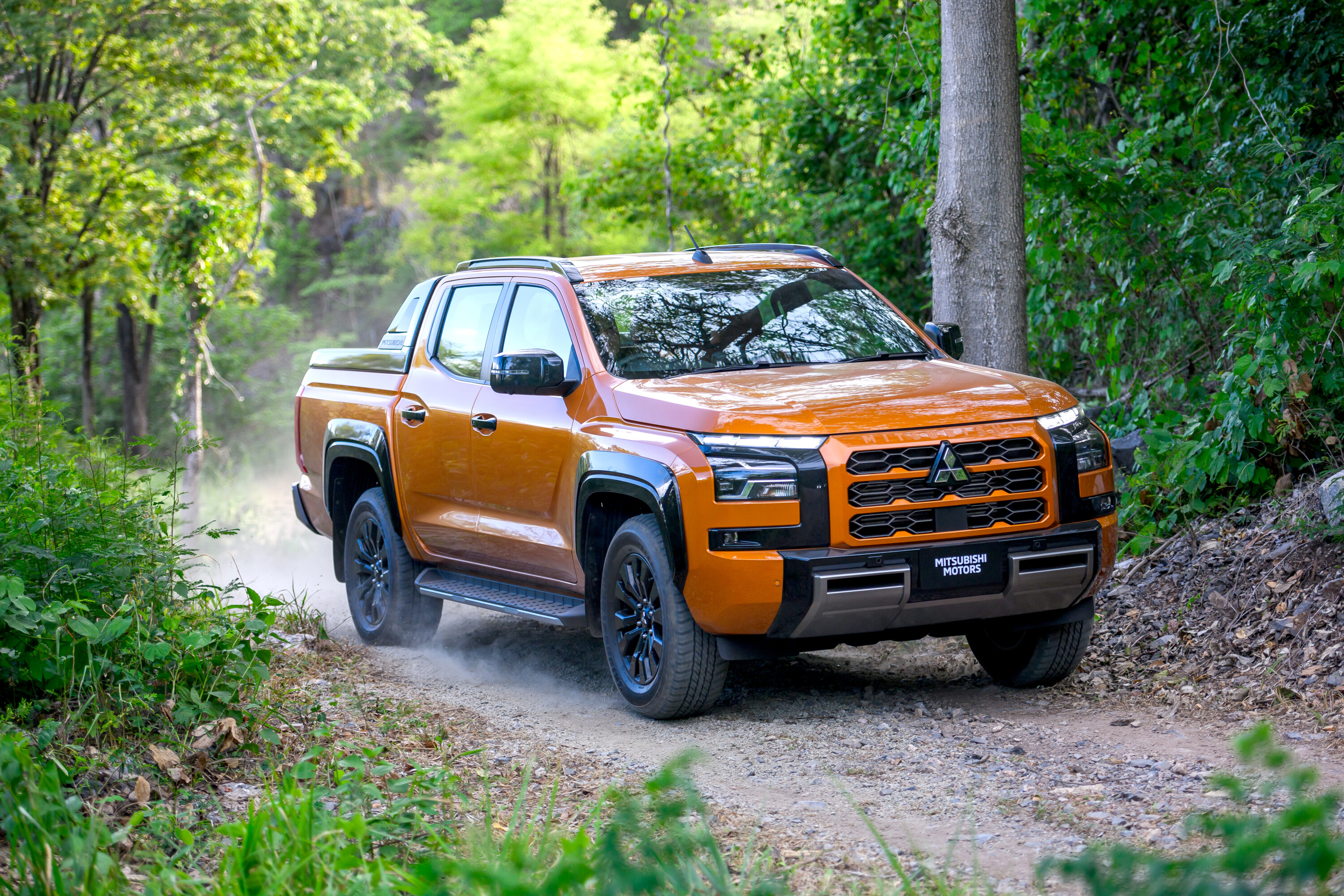
Space is tight
Utes are not ideal family cars, even if advertising campaigns have kids in them.
Often, to make room for the gigantic rear tray behind, the compromise is legroom and seatback positioning for your rear riders.
I’ve sat in the back for short trips, but I can’t imagine being trapped daily in the back seat of a ute. Think of your growing children! Should they have to suffer that?
They’re not great for fitting child seats, either.
Ride and handling: Not a ute’s key attributes
We all know that on the road, most utes aren’t as smooth nor as fun to drive as passenger vehicles.
That point will surely go uncontested. The car is huge, heavy and sluggish compared to lighter, more nimble vehicles.
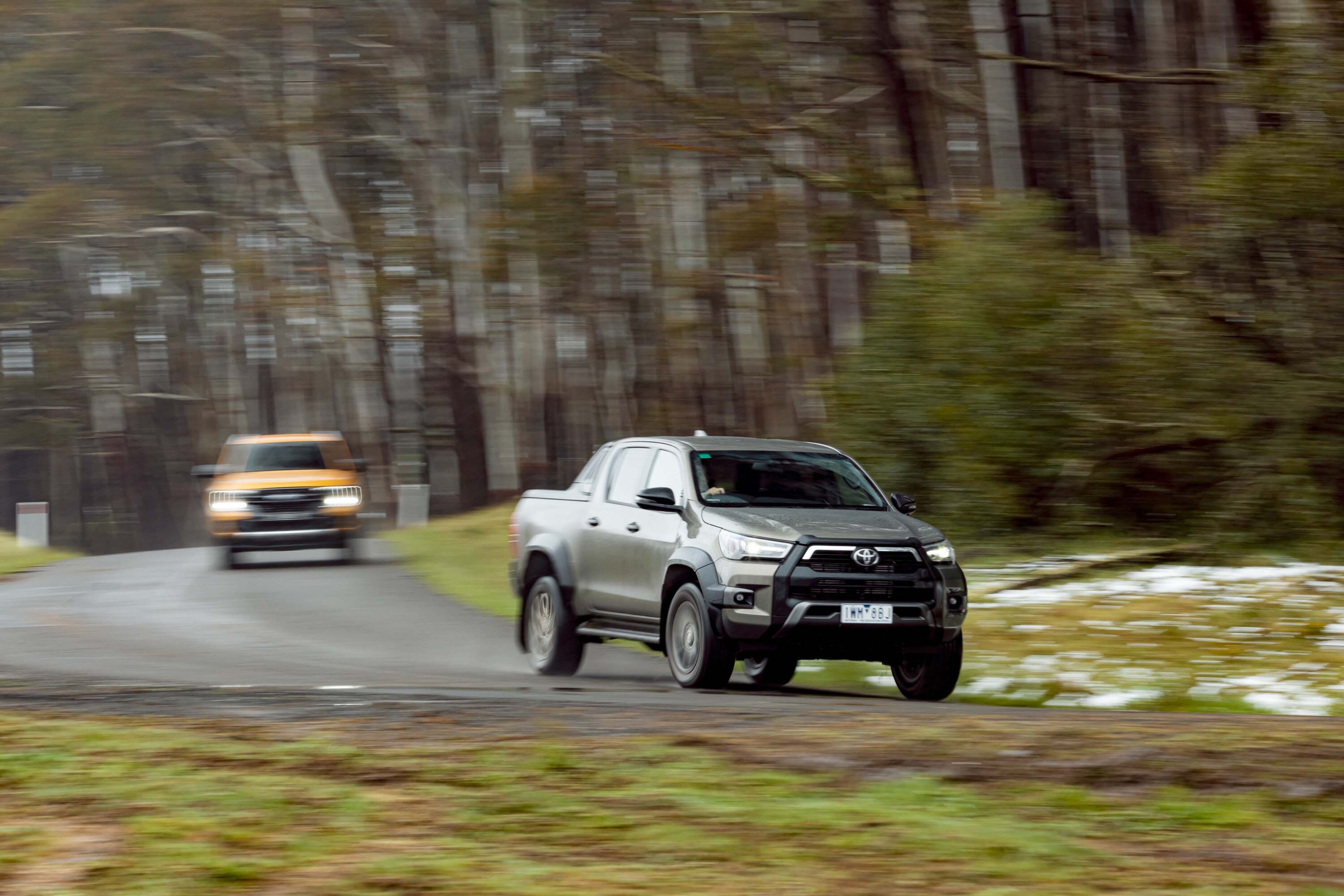
Poor fuel efficiency
Most four-cylinder diesel utes are hella thirsty, with listed fuel economies ranging between 7.2L and 11.5L per 100km.
Not surprisingly, the examples we’ve tested have sat almost two litres above those claimed figures.
Today, it will cost you $160 to refuel a Ranger for a full tank. Until the days of electric or hybrid-electric utility vehicles, the fuelling situation isn’t favourable towards these trucks.

Expensive all around
You’d better really want it. The initial purchase of these cars, especially a 4×4 configuration, is going to cost you.
The cheapest dual cab four-wheel drive HiLux is about $54,000 drive-away, while the Ranger is just over the $55,000 mark. Your ABN will help lower that slightly, but it won’t save the day.
Utes often cost more to maintain than other vehicles, too, thanks to more complex 4×4 systems, DPFs and their overall size. So why pay for a 4×4 system you’re not using?
Does the thought of “we might start going away off-roading on weekends” justify the $900 service? I heard this from my brother when he bought a Mitsubishi Triton last year. Now he owns a Mazda 3.
Your inner-city drives would be more cost-efficient in a wagon or SUV.
In some states, your tolls will also be more expensive in a utility vehicle.
Victorians and Queenslanders who drive a dual-cab ute that weighs over 1.5 tonnes are categorised as a ‘light commercial vehicle’. This means that driving on the Melbourne CityLink from the city to the airport will cost you an extra $6.69 per trip.
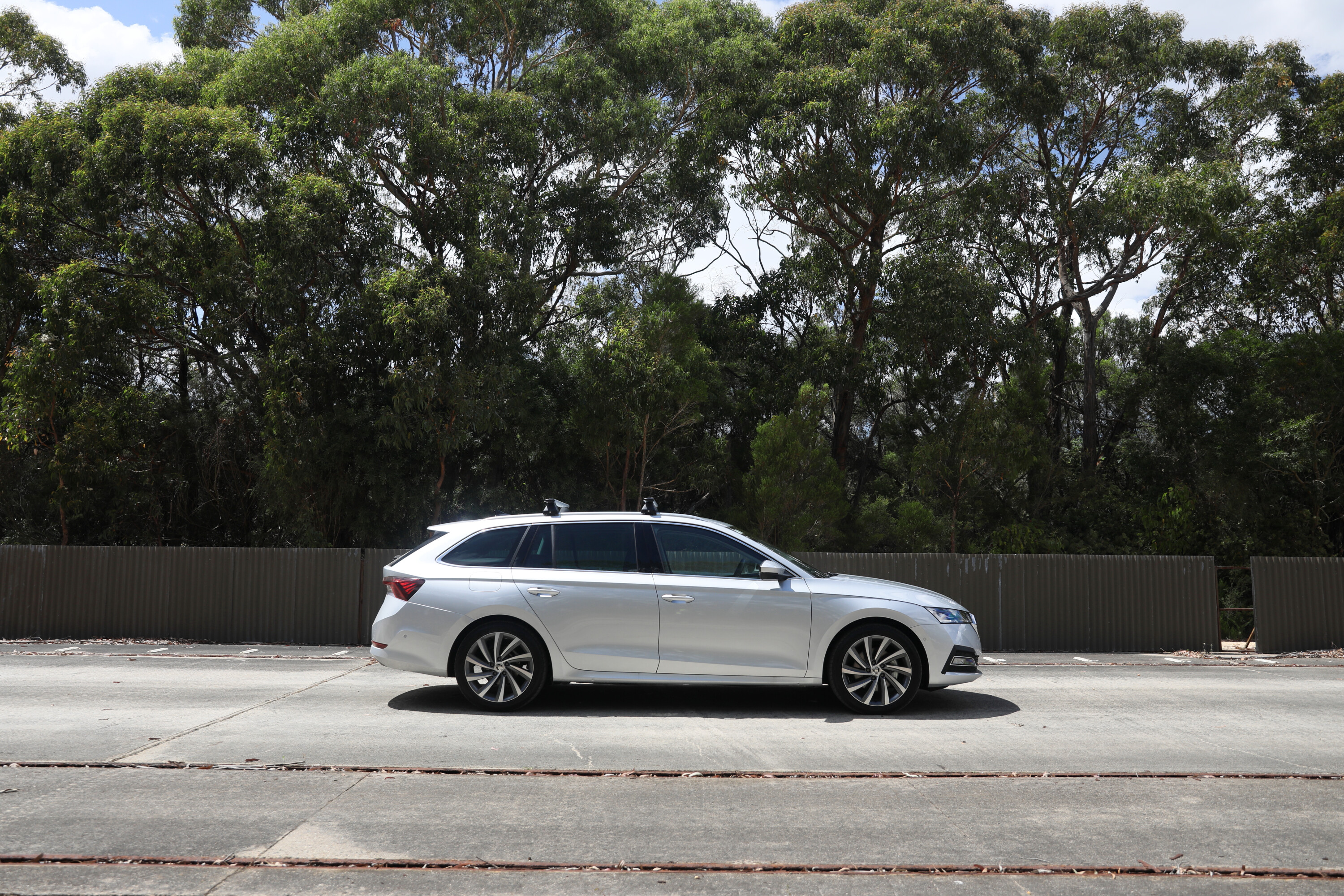
Safety concerns
“The risk of death and serious injury posed by a ute compared to a medium car is about 30 per cent higher,” Monash University Accident Research Centre director Stuart Newstead told the Sydney Morning Herald [↗].
This is ultimately due to the size and design of these cars that cause a higher likelihood of flipping over or causing severe damage to others when in a collision, especially with the hunks of steel (AKA bull-bars) mounted across the front.
During our Wheels Car of the Year 2023 testing, the Ford Ranger took a whopping 51.7m to stop from 100km/h.
To put that in perspective, that is an extra 17.1 and 15.8 metres more than a Tesla Model Y RWD and Nissan Qashqai ST+ tested in the same conditions.
I’m nervous for the day I start having Ford F-150s and Rams – cars that struggle to fit in a standard parking space due to their sheer size – driving on the road alongside me.
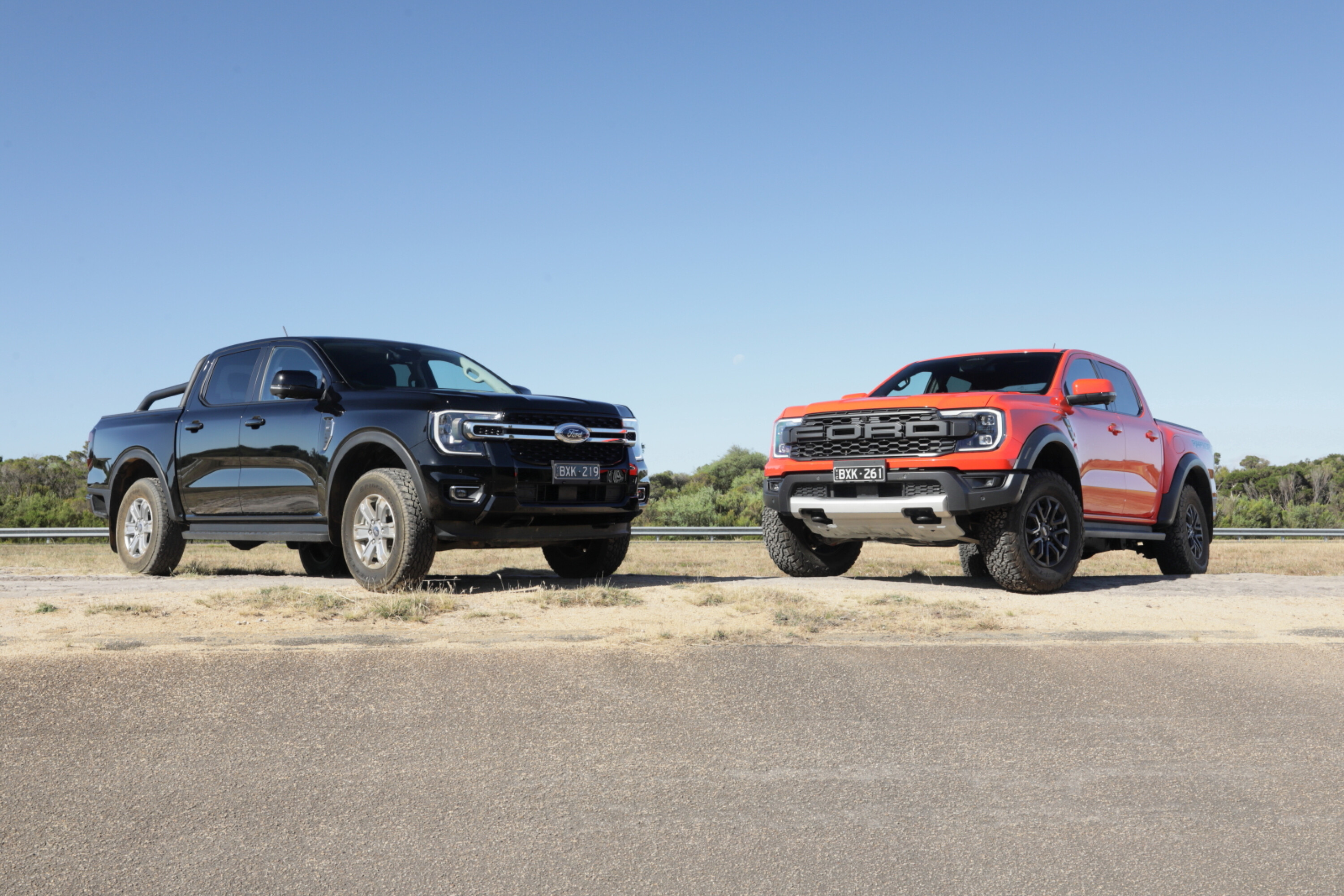
Less than half the ute owners I know, actually use them as intended.
The others? Well, they’re dropping their kids off at school, driving to client meetings in the city and then heading to Woolies before wrapping up their day in traffic on their way to their suburban home.
Ultimately, if you’re buying a ute, you will have to compromise on something. Be it comfort, rear space or other creature comforts. Utes are costly to own, worse to drive and pose an inflated safety risk to everyone (other drivers, cyclists and pedestrians) around them.
With all that said, they’re still somehow the most popular cars on the road. I’m not your boss or your spouse – buy whatever you want!


